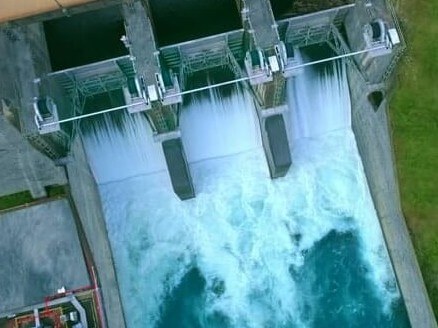

This was the message of Agriculture Secretary Francisco P. Tiu Laurel Jr., who on Wednesday, Nov. 19, called for closer integration of the country’s hydropower and agriculture strategies to unlock rural productivity, strengthen value chains, and accelerate the clean-energy transition.
Speaking at the 3rd Philippine Hydro Summit & Exhibition in Manila, Tiu Laurel said the Philippines cannot meet its renewable energy targets—35 percent by 2030 and 50 percent by 2040—without accelerating the rollout of hydropower projects, from run-of-river systems to pumped-storage plants and micro-hydro facilities.
The big picture
The DA chief outlined a range of synergies between hydropower and agriculture, including:
Yes, but…
Tiu Laurel acknowledged the significant obstacles faced by hydropower developers, such as:
He emphasized that hydropower must deliver tangible benefits for farmers and host communities, not just developers.
Driving the integration
To turn these linkages into action, the Department of Agriculture committed to five priorities:
The bottom line
Tiu Laurel said the push reflects the government’s broader strategy of using renewable energy not only to meet climate targets but to “power the backbone of the rural economy.”
He urged government agencies, private developers, and local communities to collaborate, noting that hydropower can help bridge the country’s clean-energy transition and its drive for resilient food production.
Hydropower, long considered an electricity issue, may soon take center stage as a tool for modernizing agriculture and uplifting rural livelihoods—if the country can overcome regulatory and financing hurdles to scale it up. —Ed: Corrie S. Narisma